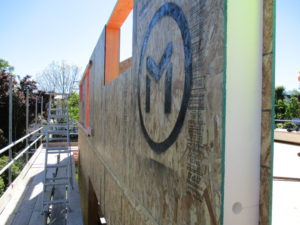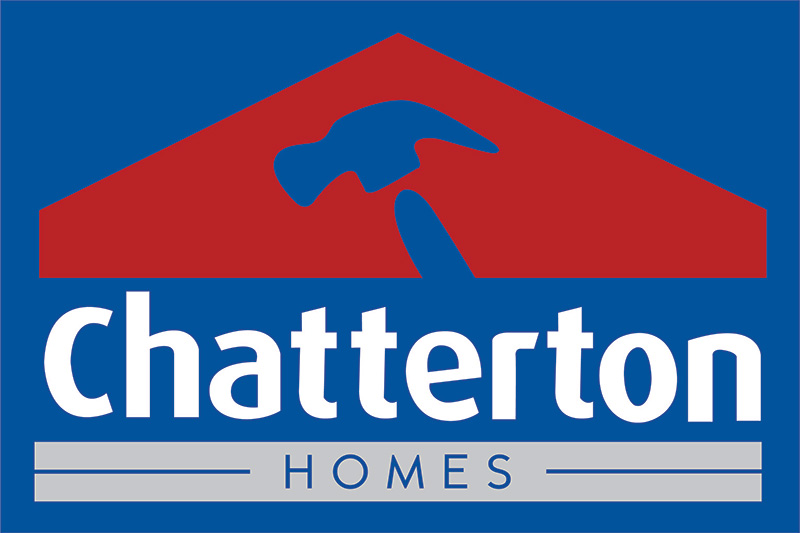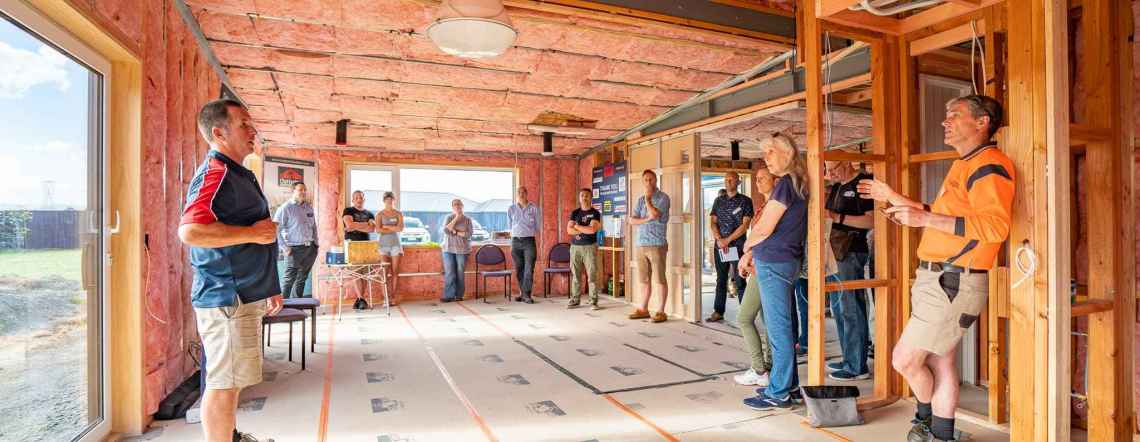Simple explanations & guides can make life, and decisions, easier. However, sometimes simple does not tell the whole story which can be disappointing when something, like your home’s performance or health, is important to you.
The term R-value has become commonplace as a term to measure a materials capacity to resist heat flow.
However, in respect to the performance of your home, R-value does not tell the whole story……
What does R-Value really measure?
When insulation is measured in the laboratory, the test only measures the insulation itself, and not the other components that make up the wall or roof system. Timber or steel framed homes rely on studs, at regular intervals to provide structural support. Timber, although significantly better than steel, is still not a good insulator and still forms a bridge from the outside of the home to the inside of the home where heat can pass through by conduction (thermal bridging).
As a result of this thermal bridging effect, there is increasing demand to define a whole wall R-value, a metric that tests the thermal resistance of an entire wall section as opposed to the insulation alone. The R-value significantly reduces when the thermal bridging of studs is considered and no further measures such as adding extensive thermal breaks are used.

So, what can be done?
SIPs construction can significantly reduce this effect because SIPs derive their structural properties from the skins and their laminated construction, requiring less timber support. This framing factor (ratio of studs to whole wall area) can be as little as 3% compared to on average 25% for a stud wall.
In traditional framing, the incorporation of additional thermal breaks and insulation can help manage this effect.
Another issue with on-site installation of insulation is the installation itself. Insulation must be installed between studs and cut to fit around window openings and wiring. This process can leave gaps where there is no insulation at all, or the insulation can be compressed affecting the insulation properties. Quality workmanship and the right choice of insulation is therefore crucial to good performance.

Conclusion
In the absence of a whole wall R-value it pays to consider the energy transfers across a building envelope and how these can be managed to provide a better outcome for the thermal performance and health of your home.
An experienced design build team would certainly help 🙂





